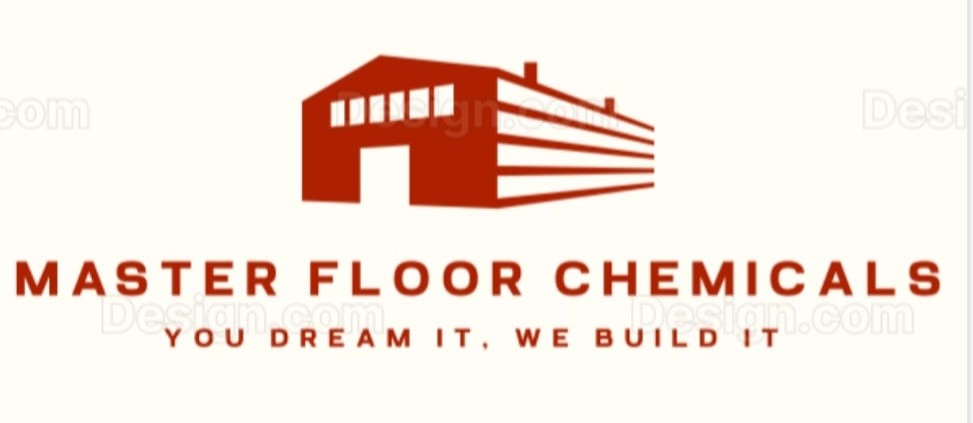Concrete densification is more than just treating a floor—it’s a strategic investment in performance, sustainability, and aesthetics. Let’s take a closer look at some underexplored dimensions that deliver superior value:
1. Lifecycle Cost Analysis: Why Densification Saves 💵
Many decision-makers focus on initial installation costs—but the true value lies in long-term performance:
- Reduced repair frequency: A densified concrete slab resists abrasion, dramatically extending its service life and reducing patchwork repairs.
- Cleaning savings: The sealed, less porous surface requires fewer chemicals and lower labor for cleaning. Over a 10–15 year life, the cost differential can exceed 30%.
- Energy savings: Polished, densified floors reflect natural and artificial light better, allowing real-world energy savings of 15–20% in lighting costs.
By comparing treated vs. untreated floors over a 20-year span, densification often delivers 2–3× return on investment through reduced maintenance and energy usage.
2. Sustainability & Environmental Impact 🌎
Concrete has a significant carbon footprint—but densification helps mitigate it:
- Longevity, not replacement: Stronger floors that don’t need frequent overlays or replacement mean less demolition waste and fewer emissions.
- Lower chemical use: Dust-proof, smooth surfaces reduce the need for harsh cleaners.
- Light reflectivity: By uplifting ambient light, you reduce electrical consumption—helping facilities move closer to net-zero goals.
Including densification in a green building roadmap supports LEED certification points under categories like “Durability & Reduced Lifespan Extension.”
3. Application Techniques: Choosing the Right Approach
Not all densification is the same—methodology matters:
- Wet vs. dry application: Wet methods penetrate deeper but require longer curing, while dry application works well in low-moisture environments.
- Multi-coat systems: In high-wear spaces (like airports or food processing plants), multiple layers provide a stage‑wise densification and polish that builds resilience over time.
- Polishing integration: The chemical hardener can be paired with mechanized polishing to achieve surface hardness of 8–10 + on the Mohs scale, ideal for large retail or showroom settings.
Each approach should align with your maintenance schedule, traffic expectations, and budget.
4. Technology Spotlight: Self-Healing Densifiers 🌱
Recent research has introduced self-healing additives—engineered crystals that activate upon micro-crack formation:
- Reactive compounds fill tiny fissures when exposed to moisture.
- Longevity extension: Tests show up to 20% reduction in micro-crack propagation over untreated concrete.
- Ideal for food processing, pharmaceutical, and cleanroom floors, where surface integrity is paramount.
Though still emerging, this technology offers a glimpse into the future of ultra-durable concrete surfaces.
5. Real-World Case Study: Warehouse vs. Showroom
| Facility Type | Challenges | Densification Benefits |
|---|---|---|
| High-load warehouse | Pallet-impact abrasion, heavy traffic | Over 5 years, saw 50% less floor repair and 20% reduction in dust fines |
| Retail showroom | Aesthetic finish, bright lighting | Achieved 30% energy savings through reflective sheen and low-maintenance cleaning |
These contrasting use cases show how the correct densification strategy can be customized based on environment demands.
6. Maintenance Best Practices
To preserve the benefits of densified floors:
- Routine cleaning with neutral pH products—harsh cleaners can degrade surface sheen over time.
- Periodic light repolishing, especially in high traffic areas every 3–5 years.
- Prompt spill management, particularly for oils, acids, or chemicals, to prevent staining or surface pitting.
A basic maintenance schedule ensures performance gains last for decades.
Final Thoughts: More Than Just a Hardener
Floor densification isn’t a one-and-done fix—it’s an intelligent, strategic tool. It builds:
- Economic resilience: Lower lifecycle costs and fewer replacements.
- Environmental stewardship: Reduced energy use and waste.
- Performance upgrade: Enhanced durability, aesthetics, and safety.
If your facility demands high traffic, hygiene, or visual impact, densification can be the foundation of a durable, sustainable flooring system.
Learn More and Take Action
Curious about densification for your project? Contact us today to discuss:
- Tailored analysis of facility requirements
- Customized application plans
- Estimation of ROI and carbon footprint reduction
Let’s help you build a floor that performs—sustainably and beautifully—for years to come.

